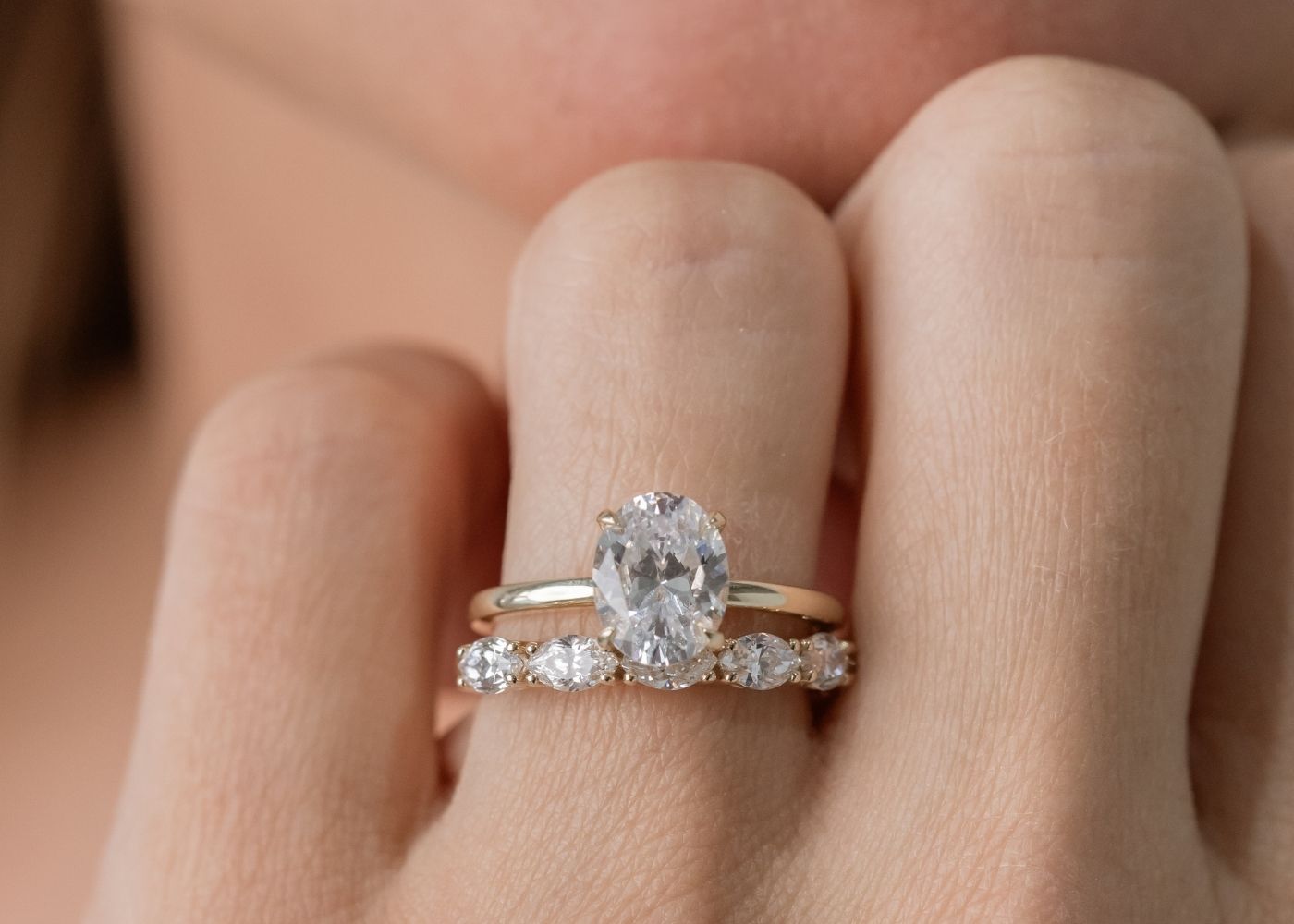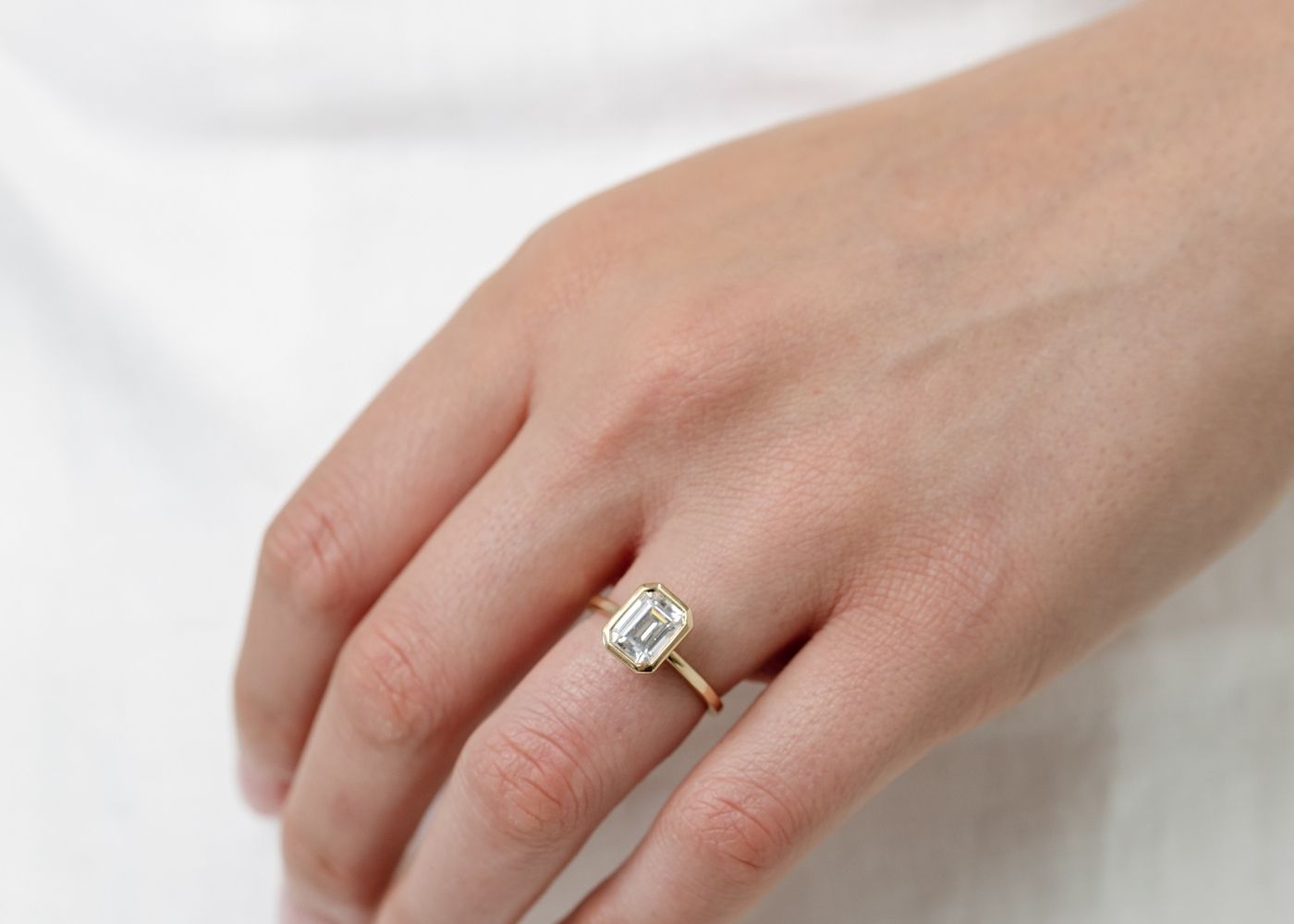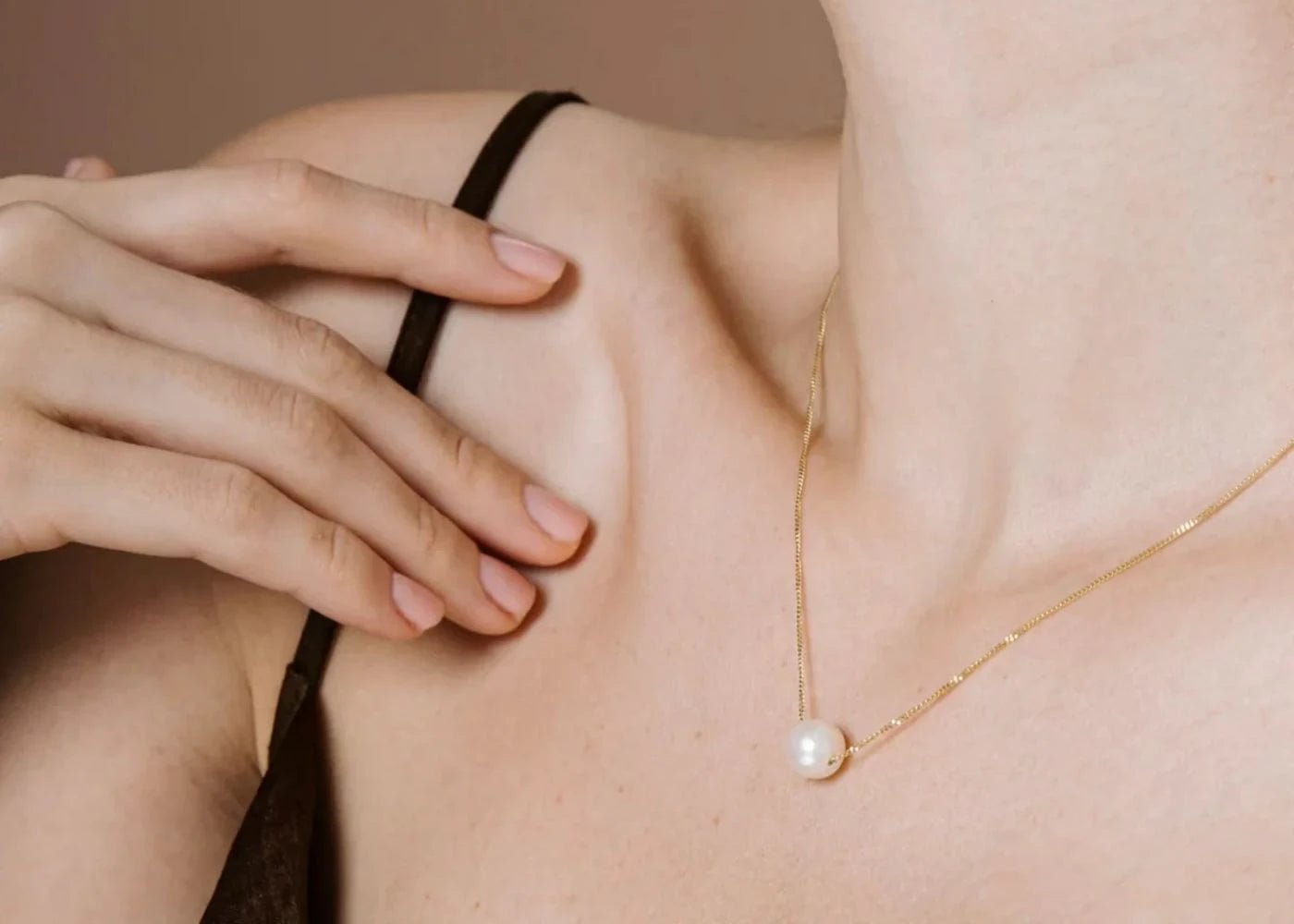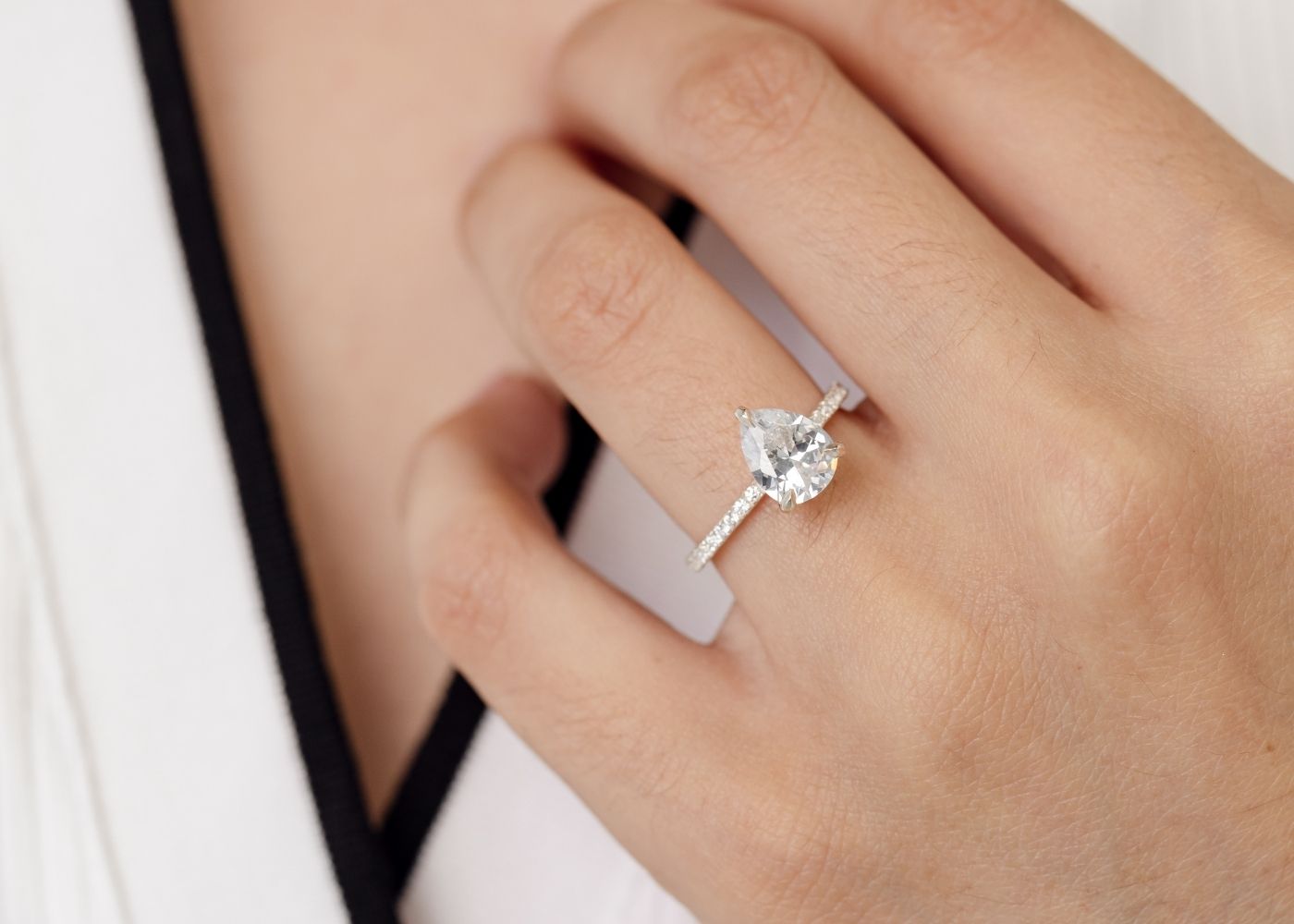Britannia silver
Introduction to Britannia Silver
- Britannia silver is an alloy of silver containing 11 ozt 10 dwt silver in the pound troy.
- It is equivalent to 2324, or 95.833% by weight silver, with the rest usually being copper.
- Introduced in England by Act of Parliament in 1697 to replace sterling silver as the obligatory standard for wrought plate items.
- The lion passant gardant hallmark denoting sterling was replaced with the figure of a woman called Britannia.
- The leopards head mark of the Worshipful Company of Goldsmiths was replaced with a lions head erased.
Historical Context of Britannia Silver
- Britannia standard silver was introduced as part of the great recoinage scheme of William III in 1696.
- It aimed to limit the clipping and melting of sterling silver coinage.
- The higher standard for wrought plate made it difficult to use sterling silver coins as raw material.
- Additional fine silver would have to be added to meet the higher standard.
- Complaints from the trade led to the reauthorization of sterling silver for silversmiths in 1720.
Hallmarking and Symbolism
- Since the hallmarking changes of 1 January 1999, Britannia silver is denoted by the millesimal fineness hallmark 958.
- The symbol of Britannia is applied optionally.
- The silver bullion coins of the Royal Mint issued until 2012 were minted in Britannia standard silver.
- These coins are known as Britannias for their reverse image.
- Britannia silver should be distinguished from Britannia metal, which contains no silver.
Sterling Silver
- Sterling silver is an alloy containing 92.5% silver and 7.5% other metals, usually copper.
- It was the obligatory standard for items of wrought plate before the introduction of Britannia silver.
- Sterling silver is widely used for jewelry, flatware, and decorative items.
- It has a higher hardness compared to Britannia silver.
- Sterling silver is still a popular choice for hallmarking in the United Kingdom and Ireland.
References
- 'Britannia Standard.' Antiques in Oxford. Retrieved 2020-10-05.
- Forbes, John (1999). Hallmark: A History of the London Assay Office. London: Unicorn Press Ltd. ISBN 9780906290262.
- Forbes, John (1999). Hallmark: A History of the London Assay Office. London: Unicorn Press Ltd. p.161.
- Forbes, John (1999). Hallmark: A History of the London Assay Office. London: Unicorn Press Ltd. p.162.
- Forbes, John (1999). Hallmark: A History of the London Assay Office. London: Unicorn Press Ltd. p.185.
Britannia silver Data Sources
| Reference | URL |
|---|---|
| Glossary | https://harryandcojewellery.com.au/blogs/glossary/britannia-silver |
| Wikipedia | http://en.wikipedia.org/wiki/Britannia_silver |
| Wikidata | https://www.wikidata.org/wiki/Q2860939 |
| Knowledge Graph | https://www.google.com/search?kgmid=/m/06c5_p |





